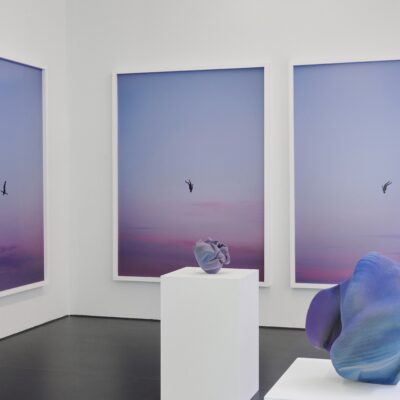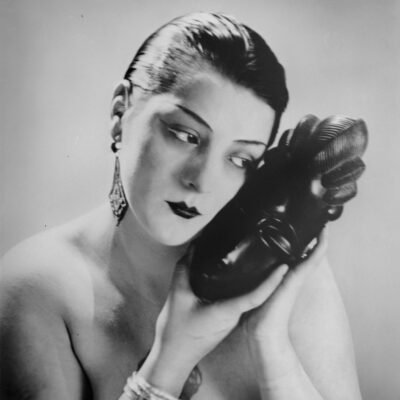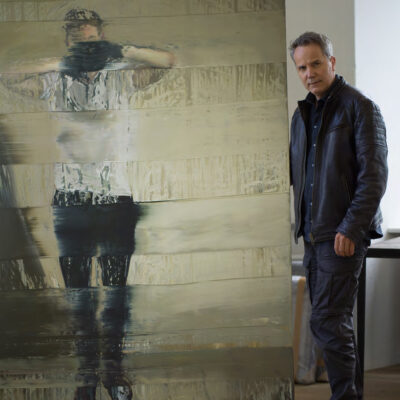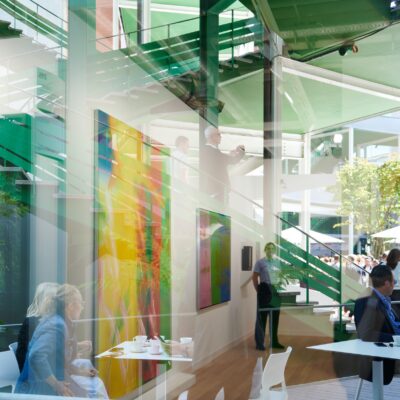Why use the term ‘barbarian’ in connection with one of Europe’s leading artists in the second half of the twentieth century? In fact, Jean Dubuffet himself would likely have been very pleased with the radical sounding title given to the temporary exhibition at the Museum of Ethnography in Geneva that runs until 28 February, 2021.

Dubuffet shook off aesthetic norms and conventions surrounding art like very few artists and thereby reinvented it. By doing so, he became an inspiration for many other iconic creatives like Keith Haring or Jean Michel Basquiat. But who and what inspired Dubuffet?

The present exhibition at the MEG provides wonderful insights into this question. In fact, crucial impulses for Dubuffet’s revolutionary approach came from visiting the museum himself in the summer of 1945, together with the just-as-visionary architect and designer Le Corbusier.
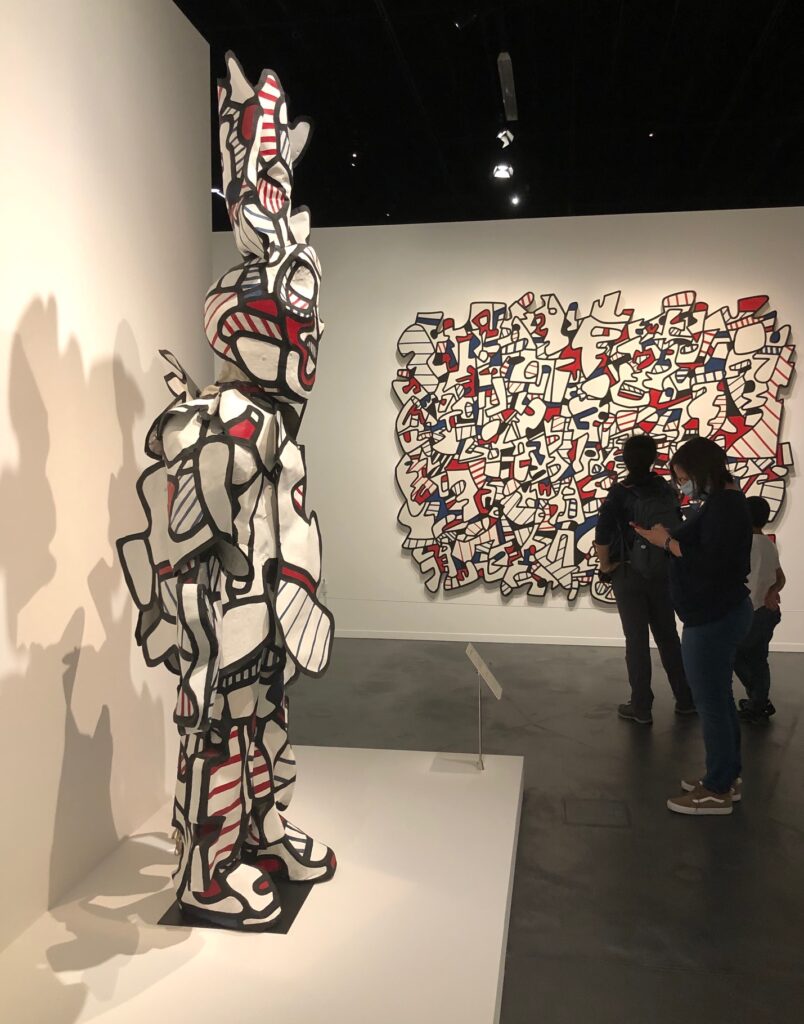
Rather than disqualifying the artifacts from around the world exhibited there as ‘primitive’, he was fascinated by these pieces so radically removed from the Western academic field and its conventional art culture that he found suffocating.
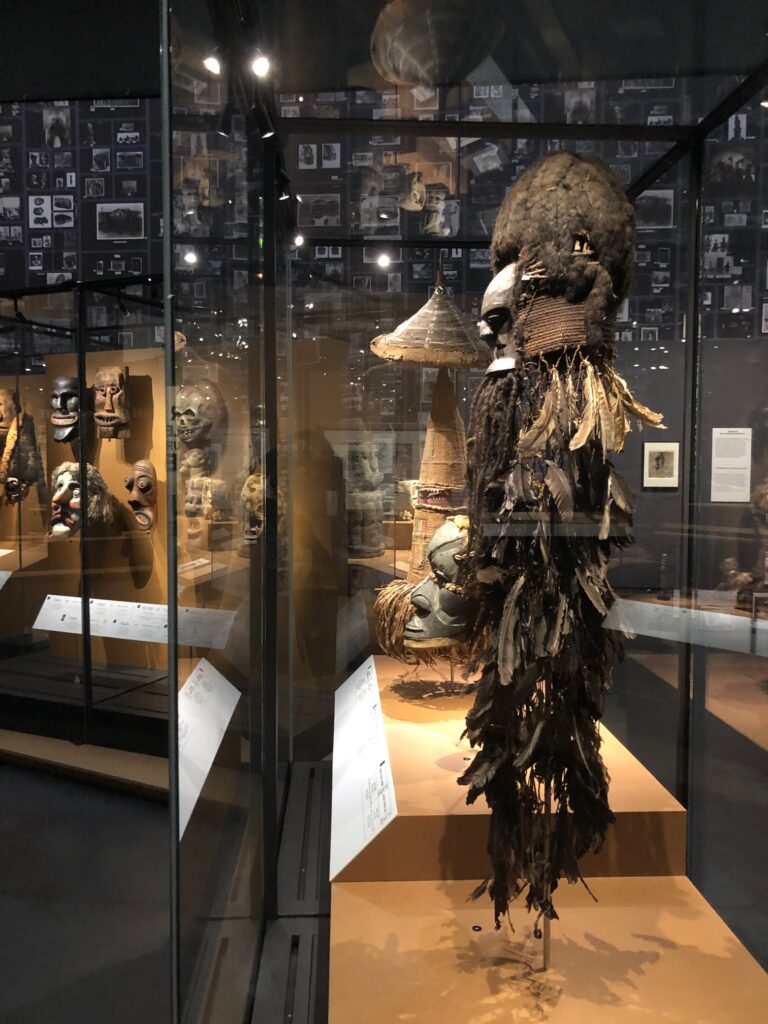
During the same trip to postwar Switzerland, Dubuffet visited a number of psychiatric clinics in Geneva and Bern and was deeply impressed by the profoundly expressive works produced by some of their patients. More inspiration came from extensive travels and the folk art he studied and collected during those visits.
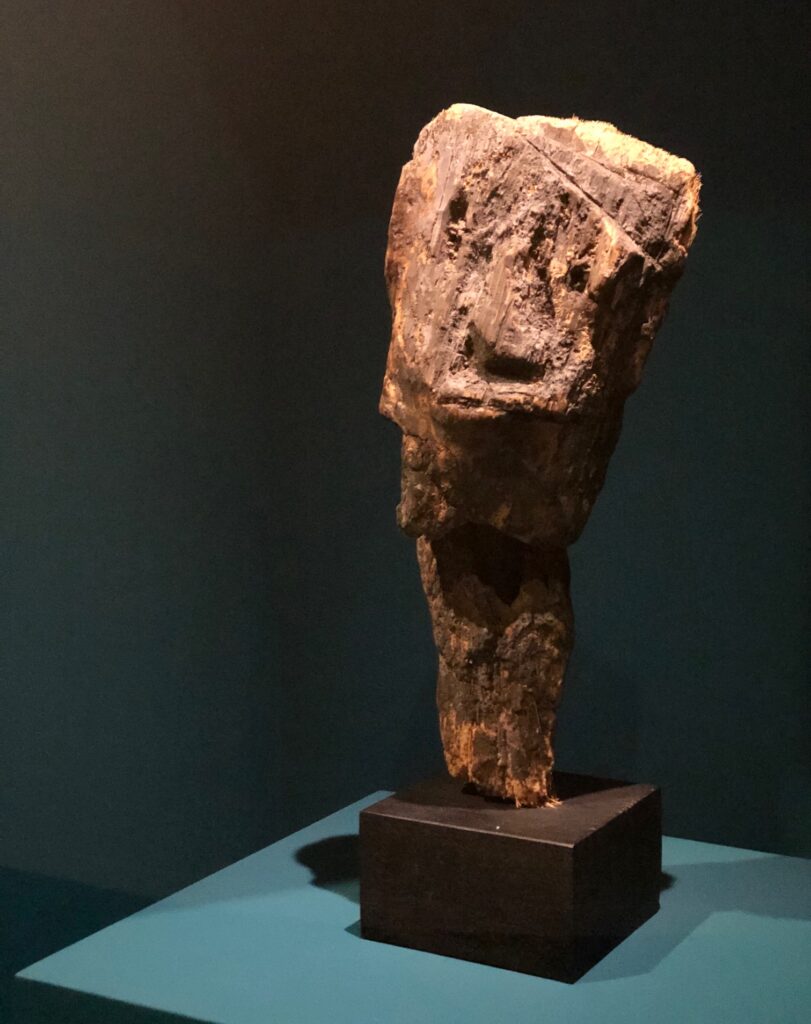
The MEG’s exhibition strings all of these together into a fascinating mix of Dubuffet’s artworks, juxtaposed with objects from the collections of the ethnographic museum and ‘Art Brut’ (a term that Dubuffet coined himself), artworks created by patients in mental asylums or prisons.
They all have in common that they are pure expressions of individuality: spontaneous and undiluted, full of sincerity and directness.

Jean Dubuffet was an artist who refused to be put in a box. He cultivated playfulness, perpetually experimenting with using materials and techniques in unconventional ways. Very much in line with his unorthodox thinking, the exhibition at the MEG starts the tour with one of his last paintings, rather than his early works, and does not follow any chronological order.
Fittingly, ’Jean Dubuffet – a Barbarian in Europe’ pays tribute to this extremely unusual artist, by ‘reshuffling’ notions of conventional art or ethnography museum exhibitions.

